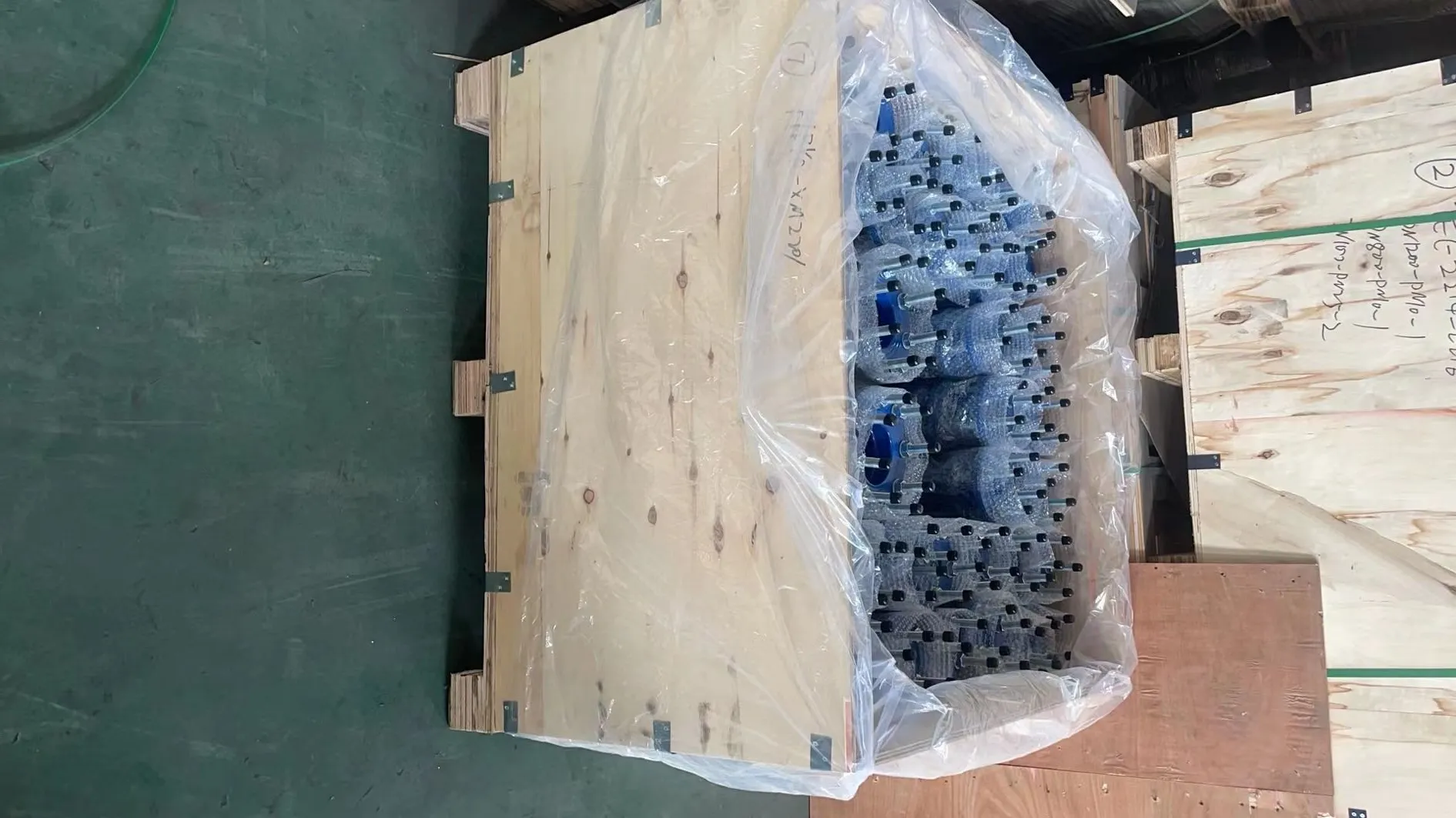road bollards
Understanding Road Bollards A Crucial Element of Urban Design
Road bollards are more than just functional objects; they are vital components of urban infrastructure that contribute to safety, navigation, and aesthetic appeal in public spaces. These short, sturdy posts serve various purposes, from controlling vehicle access to enhancing pedestrian safety. In this article, we will delve into different types of road bollards, their applications, and their significance in modern urban design.
What Are Road Bollards?
Road bollards are typically defined as short, vertical posts positioned in rows or groups to control traffic flow and prevent vehicular access to certain areas. They can be constructed from diverse materials, including concrete, steel, plastic, and wood, which allows for flexibility in design and function. Their height generally ranges from 30 centimeters to 1 meter, making them visible but not overly obstructive.
Types of Road Bollards
1. Fixed Bollards These are permanently installed and provide a strong physical barrier against vehicles. They are often used to protect pedestrian zones, historical sites, and important buildings from potential vehicle incursions.
2. Removable Bollards Designed for flexibility, removable bollards can be taken out or inserted as required, allowing for controlled access to areas when necessary. They are ideal for places where temporary vehicle access is needed during events or emergencies.
3. Retractable Bollards These sophisticated bollards can retract into the ground, allowing for unobstructed access when required and rising back up to block traffic at other times. They are common in places with high security needs, such as government buildings and banks.
4. Illuminated Bollards These bollards serve a dual purpose to act as traffic barriers while also providing lighting in poorly lit areas. Their visibility enhances safety for both pedestrians and drivers.
5. Traffic and Guide Bollards Often seen alongside roadways, these bollards guide drivers and help delineate lanes or restricted areas. They play an essential role in traffic management and the overall organization of roadways.
road bollards

Applications of Road Bollards
Bollards are used in a variety of settings, including urban streets, parks, parking lots, and commercial spaces. In urban design, they serve to
- Enhance Safety By physically preventing vehicles from entering pedestrian areas, bollards protect people walking, cycling, or engaging in outdoor activities from the potential dangers of traffic.
- Control Traffic Flow Bollards effectively manage vehicle access and create designated pedestrian pathways, reducing the likelihood of accidents in busy urban environments.
- Preserve Aesthetics With designs available in various colors and styles, bollards can complement the visual appeal of public spaces. Some municipalities choose decorative bollards that reflect the city’s historical and cultural identity.
- Support Public Events During festivals, parades, or other public gatherings, removable or retractable bollards are used to manage vehicular access, ensuring safety and smooth traffic flow around large crowds.
The Future of Road Bollards
As urban environments continue to evolve, the role of road bollards is expected to expand further. Innovations in design and technology may lead to the integration of smart features, such as sensors that detect vehicle approaches or lights that guide pedestrians. Additionally, with the growing emphasis on sustainability, environmentally friendly materials may become commonplace in the production of road bollards.
In conclusion, road bollards play a crucial role in enhancing safety, managing traffic, and contributing to the aesthetic quality of public spaces. Their versatility and functionality make them indispensable in urban design, addressing the needs of both vehicle operators and pedestrians. As cities continue to grow and adapt, the evolution of road bollards will reflect the changing dynamics of urban life, reinforcing their significance in our daily environments.
-
The Smarter Choice for Pedestrian AreasNewsJun.30,2025
-
The Gold Standard in Round Drain CoversNewsJun.30,2025
-
The Gold Standard in Manhole Cover SystemsNewsJun.30,2025
-
Superior Drainage Solutions with Premium Gully GratesNewsJun.30,2025
-
Superior Drainage Solutions for Global InfrastructureNewsJun.30,2025
-
Square Manhole Solutions for Modern InfrastructureNewsJun.30,2025
-
Premium Manhole Covers for Modern InfrastructureNewsJun.30,2025
